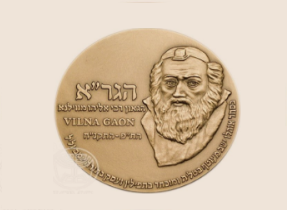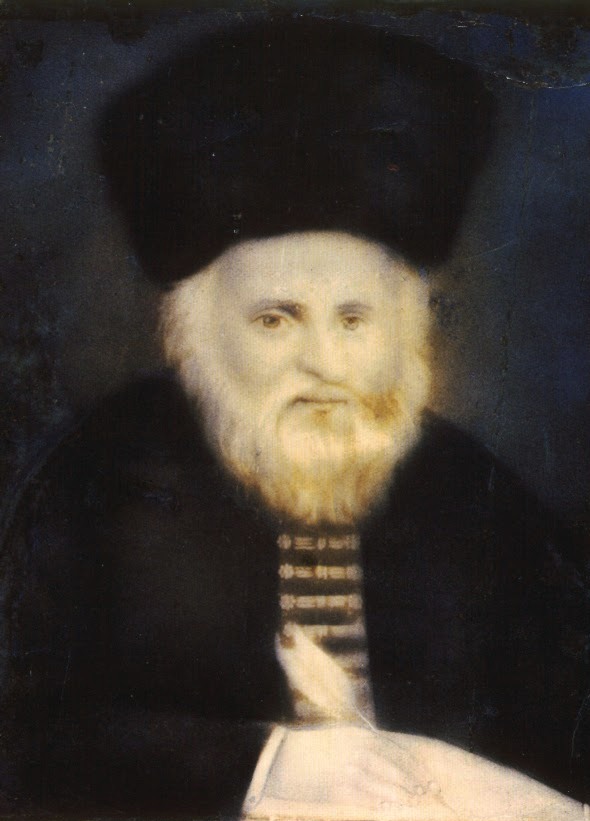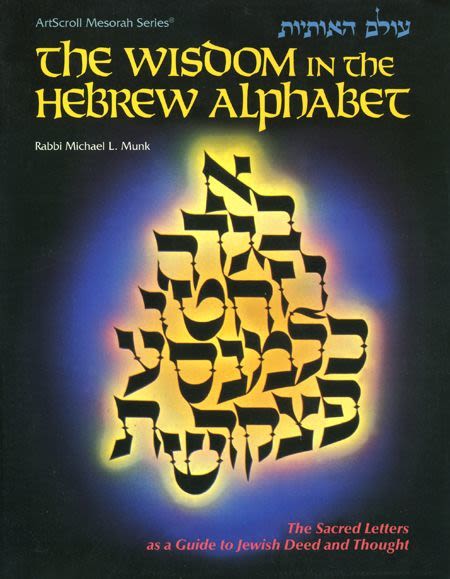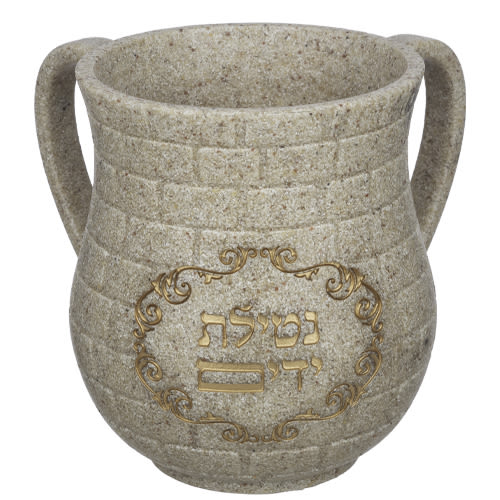
Rabbi Eliyahu – Vilna Gaon, HaGra
Date of Passing: 19-Tishrei. Rabbi Eliyahu, known as HaGra, was the foremost scholar of Lithuanian Jewry in the 18th century, and has become the spiritual...

(1720-1797) Rabbi Eliyahu ben Solomon Zalman, also known as HaGra (“Gaon Rabbenu Eliyahu”), was the foremost scholar-sage of Lithuanian Jewry in the eighteenth-century and has become the spiritual forefather for much of the non-Chassidic yeshiva world. Known for his greatness in Talmudic and Kabbalistic study, he likewise mastered astronomy, mathematics, and music. His system of Talmudic study focused on trying to find the true meaning intended by the sages in the text.
Born in Sielec in Belarus, the Gaon displayed extraordinary talent while still a child. He possessed a photographic memory. According to legend he had committed the Tanach to memory by the age of four, and aged seven he was taught Talmud by Moses Margalit, future rabbi of Kėdainiai and the author of a commentary to the Jerusalem Talmud, entitled Pnei Moshe (“The Face of Moses”). By eight, he was studying astronomy during his free time. From the age of ten, he continued his studies without the aid of a teacher, and by the age of eleven he had committed the entire Talmud to memory.
By the time he was twenty years old, rabbis were submitting their most difficult halakhic problems to him for legal rulings. He was a prolific author, writing such works as glosses on the Babylonian Talmud and Shulchan Aruch known as Bi’urei haGra (“Elaborations by the Gra”), a running commentary on the Mishnah, Shenoth Eliyahu (“The Years of Elijah”), and insights on Tenach entitled Adereth Eliyahu (“The Cloak of Elijah”), published by his son. Various Kabbalistic works have commentaries in his name, and he wrote commentaries on the Proverbs and other books of the Tanach later on in his life. None of his manuscripts were published in his lifetime.
The Gaon encouraged his students to study natural sciences, and translated geometry books to Yiddish and Hebrew. He devoted much time to the study of the Torah and Hebrew grammar and was knowledgeable in scientific pursuits of the time. He exhorted his pupils and friends to pursue plain and simple methods of study, and not to neglect secular sciences, maintaining that Judaism could only gain by their study.
Known for fierce opposition to Chassidut, which was initiated in 1736 by the Baal Shem Tov, he and his followers in this anti-Chassidic Movement were known as “Mitnagdim,” or opponents. Their opposition was based on the beliefs, vigorously denied by Chassidic leaders, that Chassidut took liberties with the Oral Law, that it substituted emotion for intellect in the study of Torah, that its form of prayer departed too far from the traditional form of prayer, etc.
He was one of the most influential rabbinic authorities since the Middle Ages, and—although he is properly an Acharon—he is held by many authorities after him as possessing halachic authority in the same class as the Rishonim (rabbinic authorities of the Middle Ages).
His main student Rabbi Chaim Volozhin, founded the first yeshiva in his hometown of Volozhin, Belarus. The result of this move is claimed to have revolutionized Torah study, by departing from the centuries of ‘informal’ study. Youth and scholars would congregate in local synagogues and study freely, although it was customary to migrate to towns possessing great scholars as the local rabbi. The Volozhin Yeshivah created a formal structure of the study, by providing qualified faculty, meals, and accommodation. The results of this process are currently the norm in Orthodox Jewry.
The Vilna Gaon died in 1797, aged 77, and was subsequently buried in the Šnipiškės cemetery in Vilnius. The cemetery was closed by the Tsarists Russian authorities in 1831 and partly built over. In the 1950s, Soviet authorities planned to build a stadium and concert hall on the site. They allowed the remains of the Vilna Gaon to be removed and re-interred at the new cemetery.
Source: Leaders in the Diaspora and Wikipedia.











